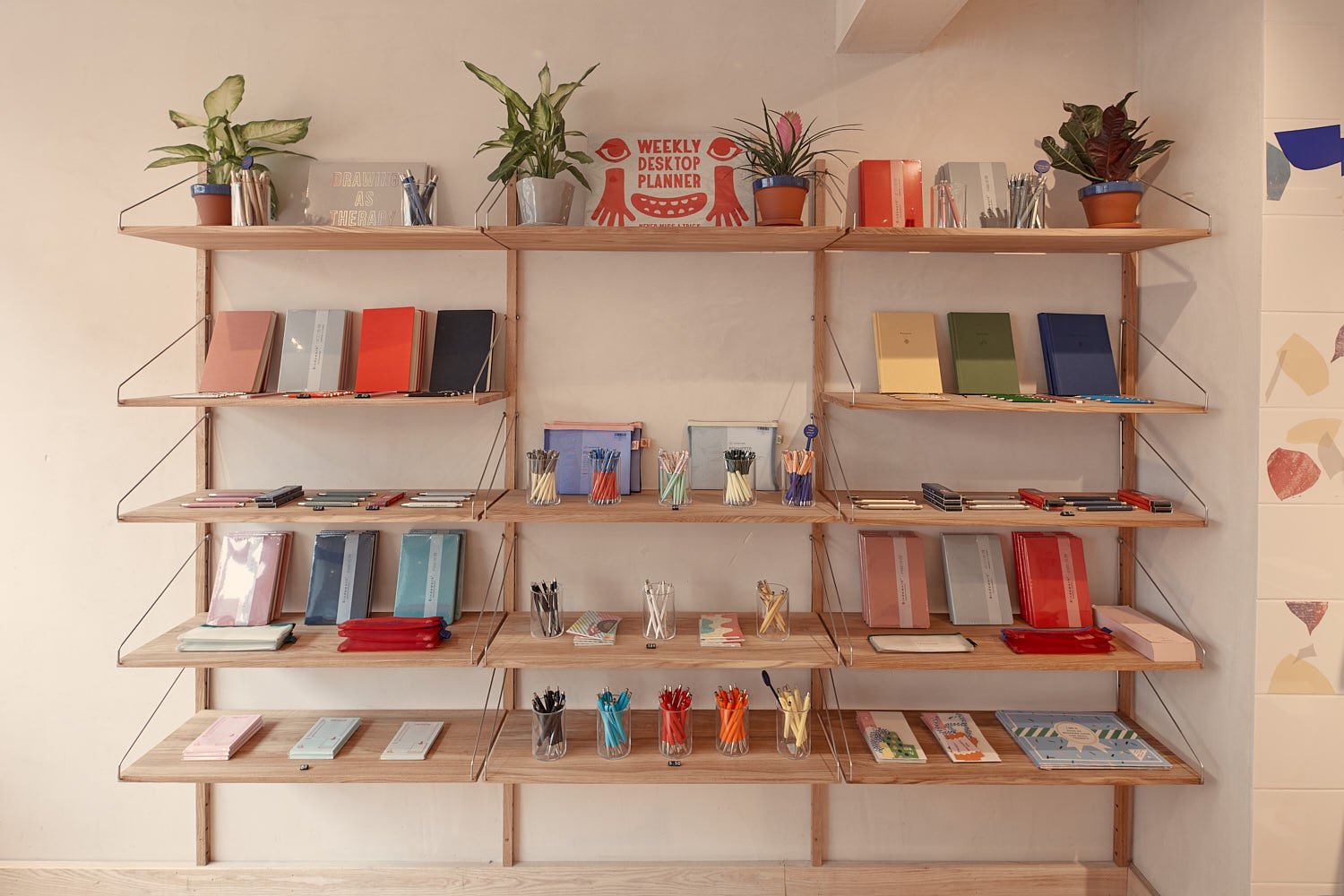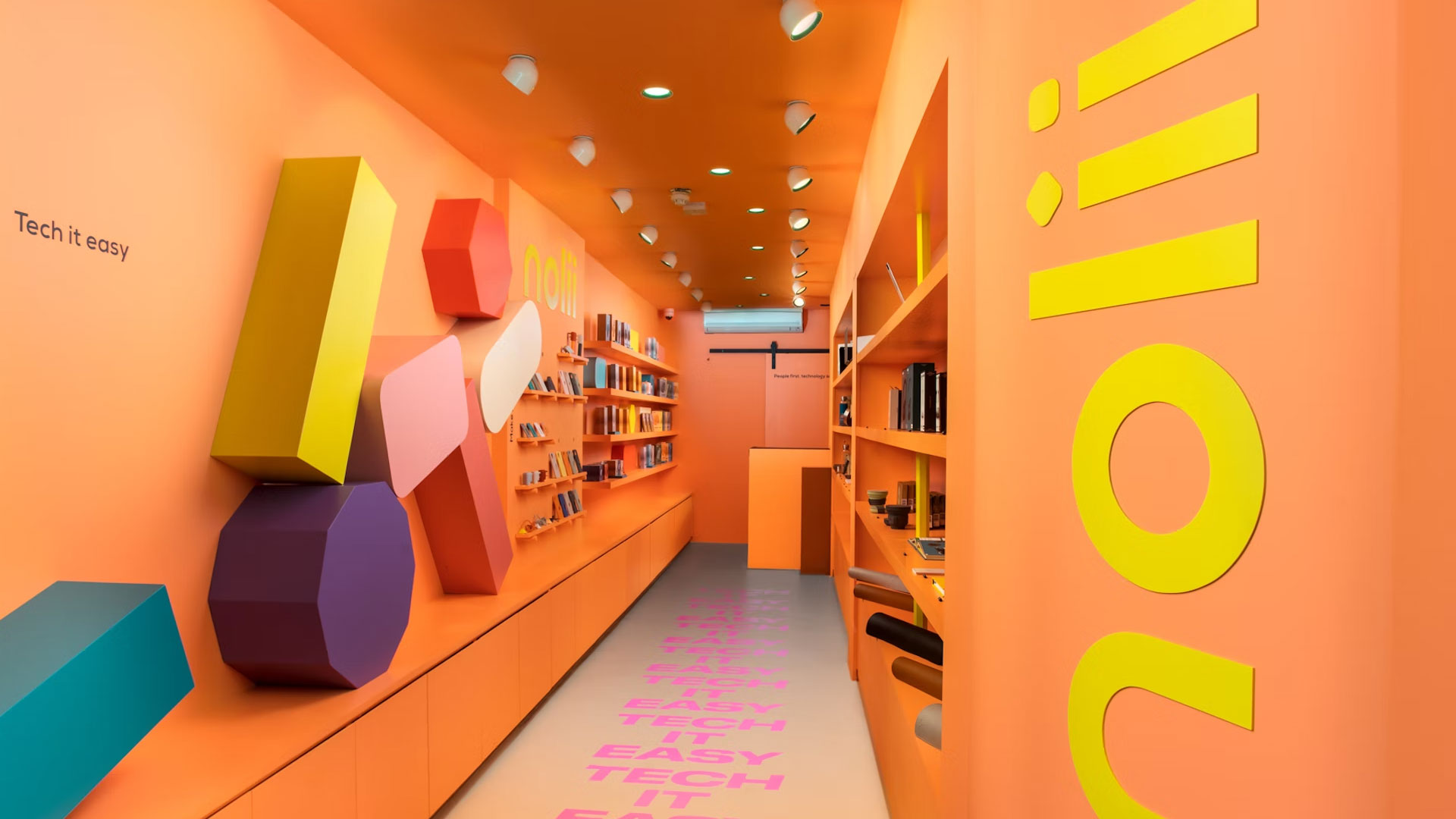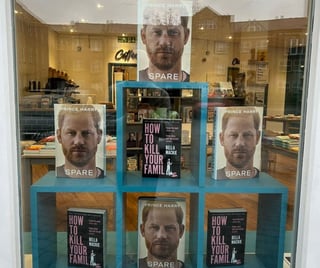Why local high streets need visual merchandisers

Why local high streets need visual merchandisers
The visual merchandiser role is an essential, well-established position for the majority of large brands. It is one of few positions that bridge the gap between store teams and head office, both creating and implementing key strategies to move businesses forward. But for independent retailers or SMEs this role is often seen as a luxury. And understandably so with the rising costs of running a business.
“The CRR, an independent research body which provides analysis of retail sector trends, said shops were closing at a rate of 47 per day in 2022. Over the course of the year, large retail chains closed 6,055 shops while 11,090 shops were closed by independents.” - BBC
Having recently worked with a local council to support their independent high street stores, I’ve seen first-hand how VM can get forgotten amongst day-to-day tasks. But also, how just a few tips and tricks that are well known to experts can dramatically improve performance.
UNDERSTAND VM THEORY

Visual Merchandising Theory’ is a topic rarely taught within retail training. But understanding fundamental VM strategies means that you can apply those rules to any product type to improve displays. There are many VM books and online courses that teach ways to improve product merchandising; some key techniques worth considering are colour balance or colour blocking, symmetry and chequerboarding.
Papersmiths have stationary stores in the UK and are a great example of utilising the concepts of colour balance and symmetry to create simple, logical customer journeys. Their use of symmetry produces a beautiful minimalistic aesthetic that allows the eye to focus on each category whilst the product adjacencies encourage link sales.
CREATE IMPACT

Within visual merchandising, the best way to capture a shopper’s attention is through impact. VM’s often have to make the most of very small budgets and know that it is far better to create striking displays than focus on small details that get lost. ‘Wow factor’ is easily achieved at minimal cost; painting walls a different colour, using prominent POS, adding large format vinyls to windows can all change a space dramatically. Creativity can further increase ROI through social media posts. Whilst displays are traditionally used as a signpost to (or within) the store, good photography can also ensure they become a talking point online.
Boxpark in London is full of creative brands that know how to make the most of their small, shipping container stores. Nolii, a tech store, is a relative newcomer there but has made its presence felt with a bold use of colour within the shopfit. Not only is it an effective way to attract footfall but it also becomes a memorable identity statement.
CHANGE THINGS UP
 This is one area where smaller businesses have a benefit over large multiples. Calendar events can be planned out but being able to react to changing trends, social commentary and trading conditions will put extra money in the till. Bert’s Books found this out when they went viral for their window display following the media attention for Prince Harrys autobiography. Injecting humour into displays always attracts attention!
This is one area where smaller businesses have a benefit over large multiples. Calendar events can be planned out but being able to react to changing trends, social commentary and trading conditions will put extra money in the till. Bert’s Books found this out when they went viral for their window display following the media attention for Prince Harrys autobiography. Injecting humour into displays always attracts attention!
Adaptation is fundamental to retail success and a good visual merchandiser will be an expert in space allocation. By looking at sales reports and analysing product ranges, creative solutions can be implemented to ensure that no product gets too much or too little space. Small retail outlets often feature wide product ranges which can result in dead stock. Using planograms and knowing how to rotate displays to keep product looking fresh is key to increasing sales.
UTILISE "FRESH EYES"
Working in the same environment every day naturally limits vision somewhat and it’s here that the myriad benefits of engaging an independent VM expert come into play. ‘Fresh eyes’ on a business bring a totally new perspective. Experience of best practice within other retailers brings ideas that may never have been considered. And the visual merchandising skills acquired over time ensure a highly professional level of implementation. But if hiring expertise is not an option, managers should regularly walk their stores from a shopper’s perspective. Checking sightlines, focal points, signage, lighting and displays to consider how they impact the customer journey should be a routine weekly task.
Small Business's Key to High Street Survival
Local high streets mean local customers, but ensuring repeat visits comes down to engagement as much as convenience. Large brands have the advantage of bigger budgets but small businesses thrive on individuality and the element of surprise. Disregarding visual merchandising within small retail outlets is a mistake that many can’t afford to learn from. The stats show that independents are most at risk from closure so using VM to create a unique and inspiring store is vital for survival. It makes commercial sense for independents to invest time and money in visual merchandising by upskilling existing team members or engaging outside help to ensure the best customer experience possible in their store’s own distinct way.
About Katy Trodd
Accomplished London based retail consultant specialising in visual merchandising and styling, with a diverse portfolio of clients, from global corporate brands to high end designers and small independent stores.
Follow IWD on Facebook, LinkedIn, and Instagram or subscribe to our newsletter.





